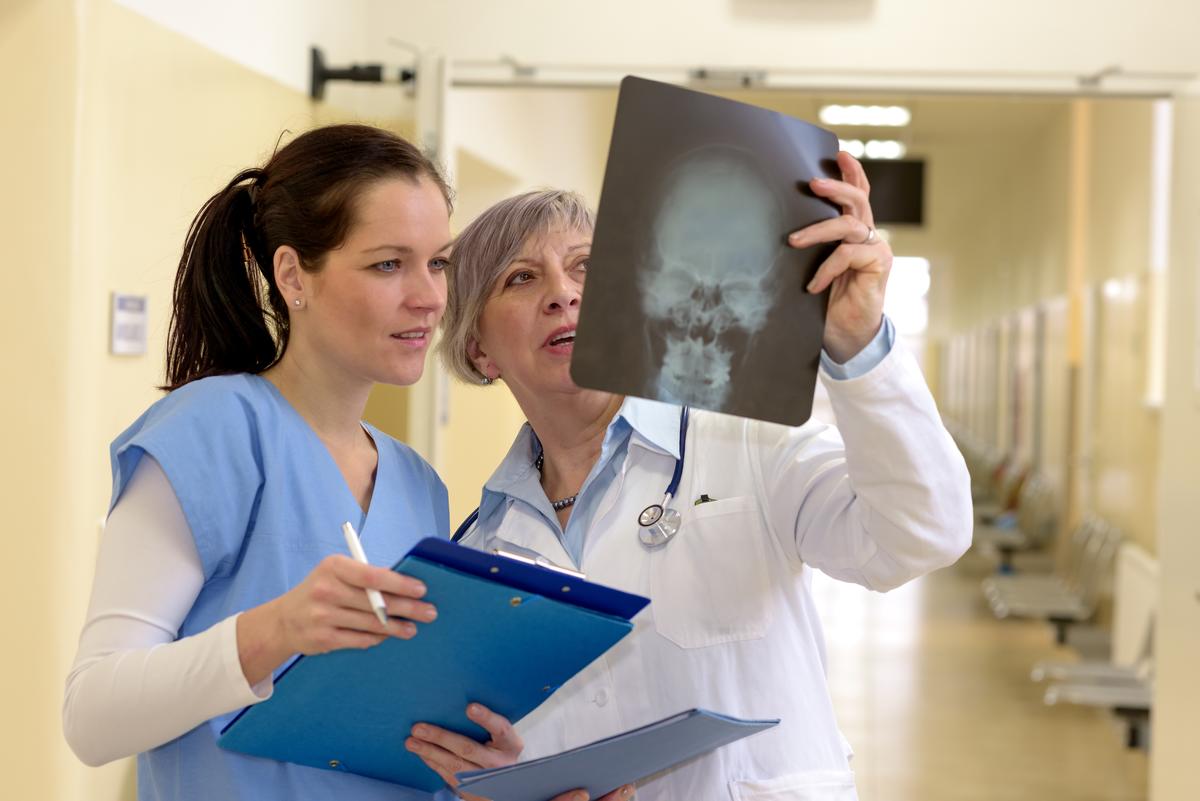In December, Governor Walz proclaimed January 2022 as Health Care Month to celebrate the dedicated health care workers who have been on the front lines in the fight against the pandemic and to help raise awareness of the many employment opportunities in health care. According to Minnesota’s workforce development resource, CareerForce, there is currently a “critical need for more health care workers at every level, in every setting, in every part of the state.” And of course, COVID-19 has exacerbated this need immensely.
In honor of Health Care Month, the BBER examined the Minnesota Department of Employment and Economic Development’s (DEED) most recent job vacancy survey for the Northeastern region to see just how many health care jobs are vacant, how wages have changed for those positions since 2019, and whether program completions in related degrees are keeping up with demand.
Figure 1 shows the number of job vacancies by occupation for Q2 2021 in Northeastern Minnesota. As shown in the figure, health care related jobs (i.e. health care support and health care practitioners and technical, as shown in maroon), accounted for roughly 44% (3,487) of all vacancies (7,885). By comparison, health care vacancies statewide made up about 15% of all job vacancies.
Health care support occupations include personal care aides, nursing assistants, occupational therapy and physical therapy assistants, and other health care support occupations. Health care practitioner and technical occupations include registered nurses, licensed practical nurses, nurse practitioners, physicians, and other health care practitioner and technical occupations. In the past two years, health care support jobs have experienced a spike in vacancies, up nearly 200% from Q2 2020 (previously 754). Notably, nursing assistants account for about 60% of health care support job vacancies. Health care practitioners and technical occupations reported 1,292 vacancies, up 115% from Q2 2019 (from 600).
Figure 2 below displays median wage offers for 2021 in maroon and wage offer growth from 2019 to 2021 in gold. They are categorized into five groups: health care support (Northeastern Minnesota), health care support (state of Minnesota), health care practitioners/technical (Northeastern Minnesota), health care practitioners/technical (state of Minnesota), and the average for all occupations in Northeastern Minnesota.
For each category, wage offer growth rate (%) is shown in gold. A value above zero would indicate that from 2019-2021, the median wage offer has increased. For values below zero, the median wage offer from 2019-2021 decreased. Also, for each of the five categories there is a maroon bar displaying the median wage offer in 2021.
Since 2019, wage offers have increased in Northeastern Minnesota (8%) for occupations overall, but occupations in health care support and health care practitioners and technical have seen decreases of -4% and -14%, respectively. Meanwhile, statewide, health care support occupations have seen the same decreases while health care practitioners and technical occupations have seen 10% growth in median wage offers since 2019, putting Northeastern Minnesota out of line with the state-level trend.
There are a number of possible explanations for the decline in the median wage offer for health care positions. One reason could be due to a decline in the number of positions requiring post-secondary education. According to the survey, in 2019 34% of all health care support occupations in Northeastern Minnesota required post-secondary education, whereas in 2021 the number dropped to 15%. Jobs requiring less background experience tend to yield lower wages, which is what could be causing the decline. According to a recent blog post by DEED Labor Market Analyst Carson Gorecki, the employment age group of workers ages 14 to 21 was the only one to have an increase in employment in the health care and social assistance industry.
According to the job vacancy survey, employers expected employment levels across Northeastern Minnesota to increase over the six months following Q2 2021. Almost 42% expected to increase employment levels, 45.9% expected no change, and 12.4% expected to decrease employment levels.
With job openings set to increase, will there be people to fill these needs?
In 2020, there were 1,481 programs completed in Northeastern Minnesota colleges related to health care. This is only a fraction of the number of vacancies (3,487) mentioned above. In order to catch up with vacancies, our region would need to rely on candidates coming from institutions elsewhere.
